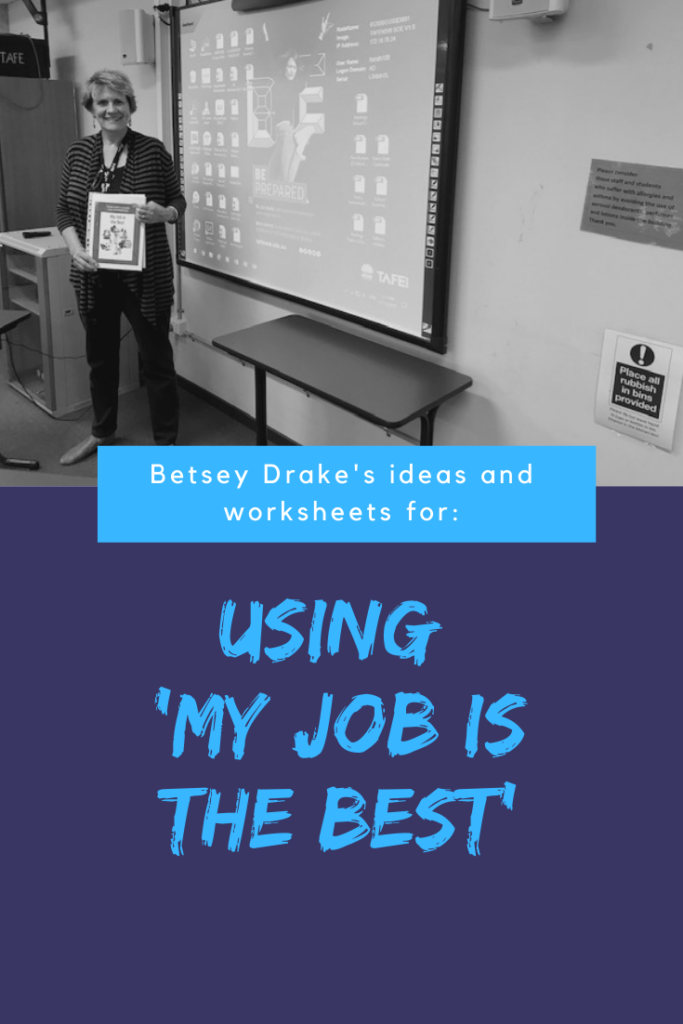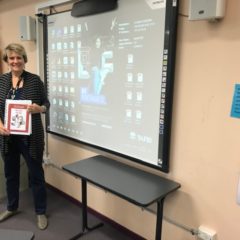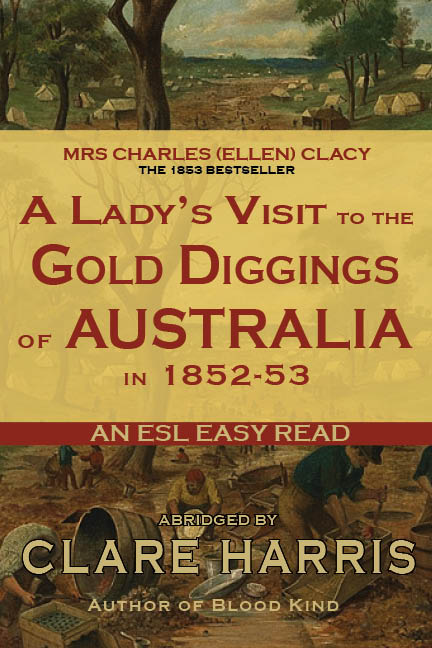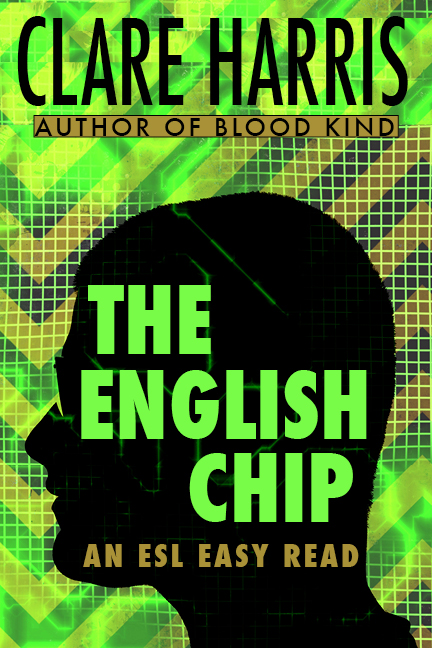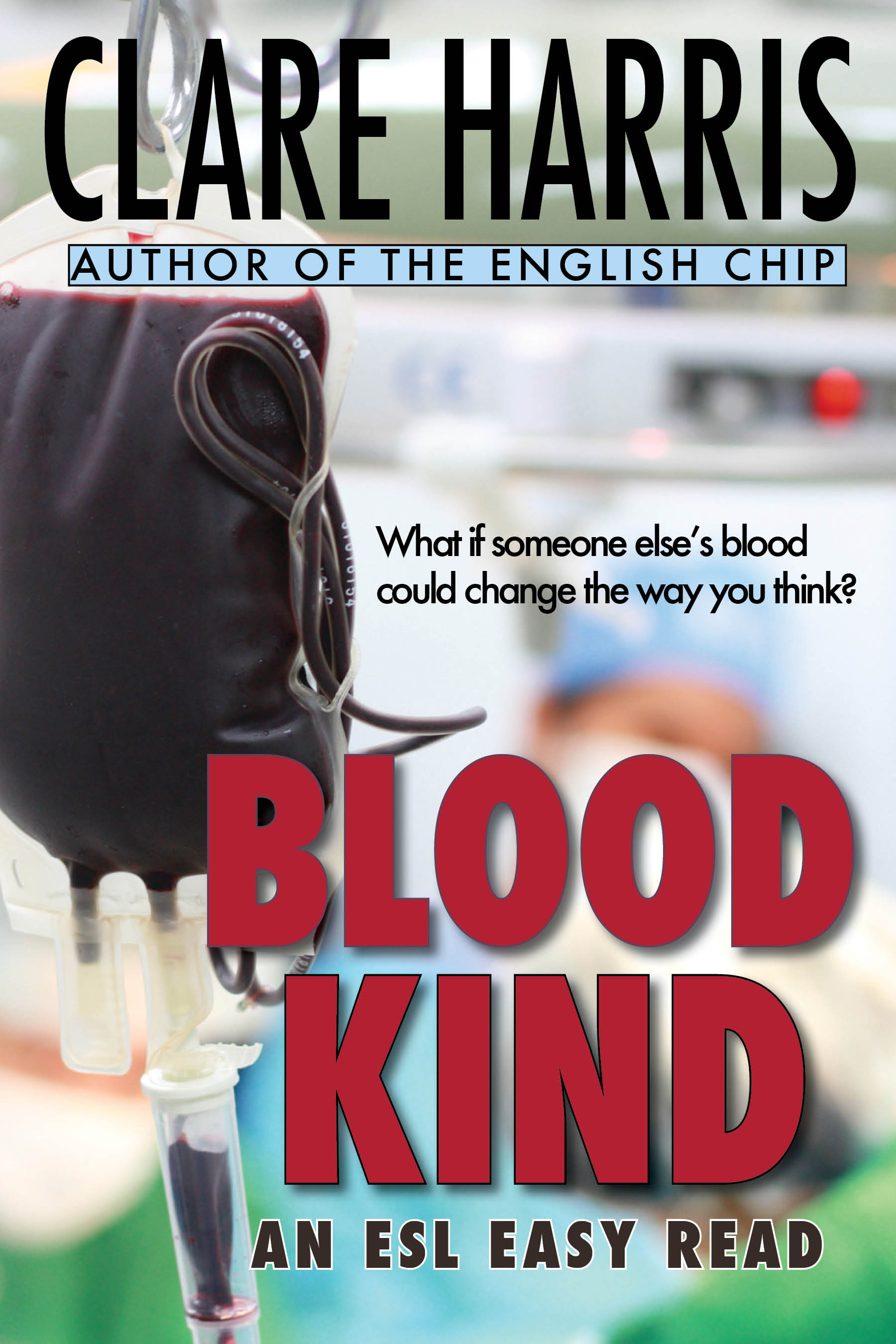When I got an ‘out of the blue’ message from Betsey Drake, telling me her students had just finished reading My Job is the Best, I wanted to ask her about it. It’s always so good to hear from other teachers, and even better to hear about the ways they use their own creativity to add to resources.
So here are my questions and Betsey’s thoughts on how the book (which is free to download) worked for her class – plus (big bonus!) she has shared the additional worksheets she created…
Why this book, Betsey?
I had a class of 15 students − a mix of Pre and Cert 1. I wanted to do a reader that was simply written, but not too easy for the Cert 1 students (and it can be hard to find the right kind of book). I also wanted to do it in a term, so My Job was ideal as we did a chapter a week.
The book was good fun and the students enjoyed it. It was just right in level, with some repetition, but not too much, job words, occupations, present simple, neighbours, people words − and characters like the gay couple giving a more inclusive picture of our community.
Could the students relate to the characters?
Yes, we actually had a stay-at-home dad in the class, so he found himself reflected in the story – though we didn’t have any female train drivers!
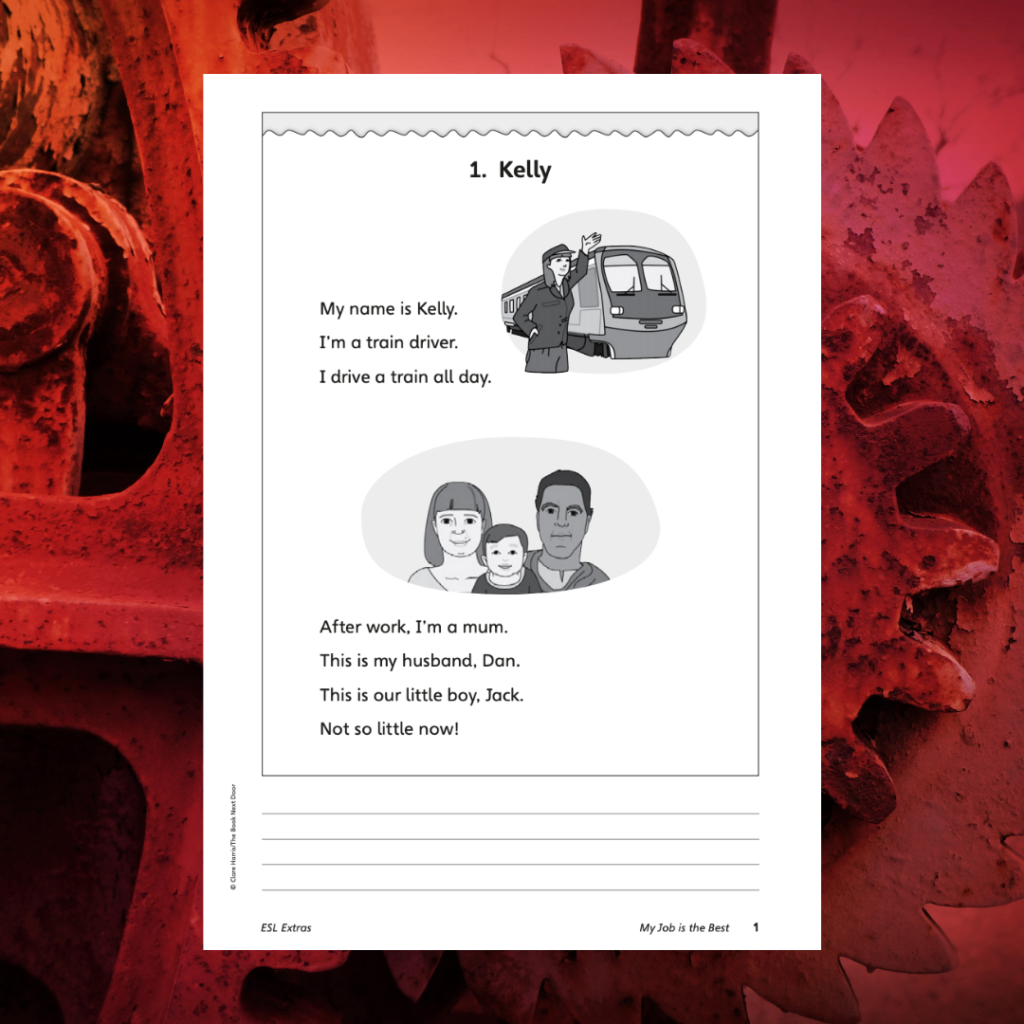
How did it work?
First we read the week’s story together, one line at a time. I have an Educational Support Teacher (ESO) helping me in class, so that meant each student could then read the entire story again, individually, aloud to us. We checked their pronunciation while the rest of the class did the exercises provided with the resource. The worksheets were perfect – they gave people something to do while everyone read aloud.
I also made a map of the street, so we could see where everyone lived, looking at even and odd numbers, houses and flats, and who lives on which side of the street. We talked about neighbours – both fictional and real.
Nice idea with the map! Did you use the teacher notes?
No I didn’t – they’re great, but I didn’t really need them.
So how else did you extend the text?
We were doing a unit on learning strategies, so highlighting new words in the text and making flashcards was one of our tasks.
I also was doing a unit on filling in a form for an assessment, so we looked at addresses and how they are written. Students interviewed each other and then wrote just a little about each other. Next time I might get them to fill in forms for all the characters.
I got students to collect their copies of each chapter, and then we put it together as a book with a cover. We did the reading cumulatively, revising previous weeks, so by the end of eight weeks, I could ask questions about all the different characters: ‘Who is a carer? Who is a train driver?’
Students really got to know the characters, which was important when we played the board game at the end of the book. The game was really good and they could play at their level – answering with one word or with a sentence.
Then as part of building on this knowledge, I created my own quiz on the book, which we had a lot of fun with. I’m happy to share it if people would like to use it. Here’s the quiz (gap-fill), the answers, the interview page, and even my map.
Thanks so much, Betsey! That’s great!
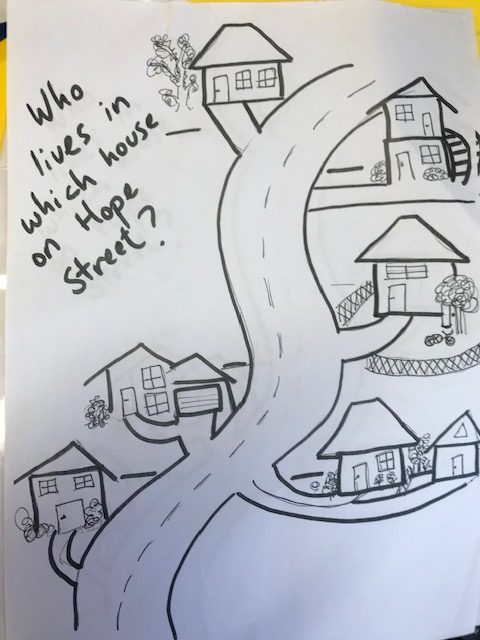
Thanks so much, Betsey. If anyone else would like to share ways they have used the Hope Street books, extended the books, or created new worksheets, I’d love to hear from you! You can reach me at: info AT thebooknextdoor.com
Oh, and of course you can download My Job is the Best here.
